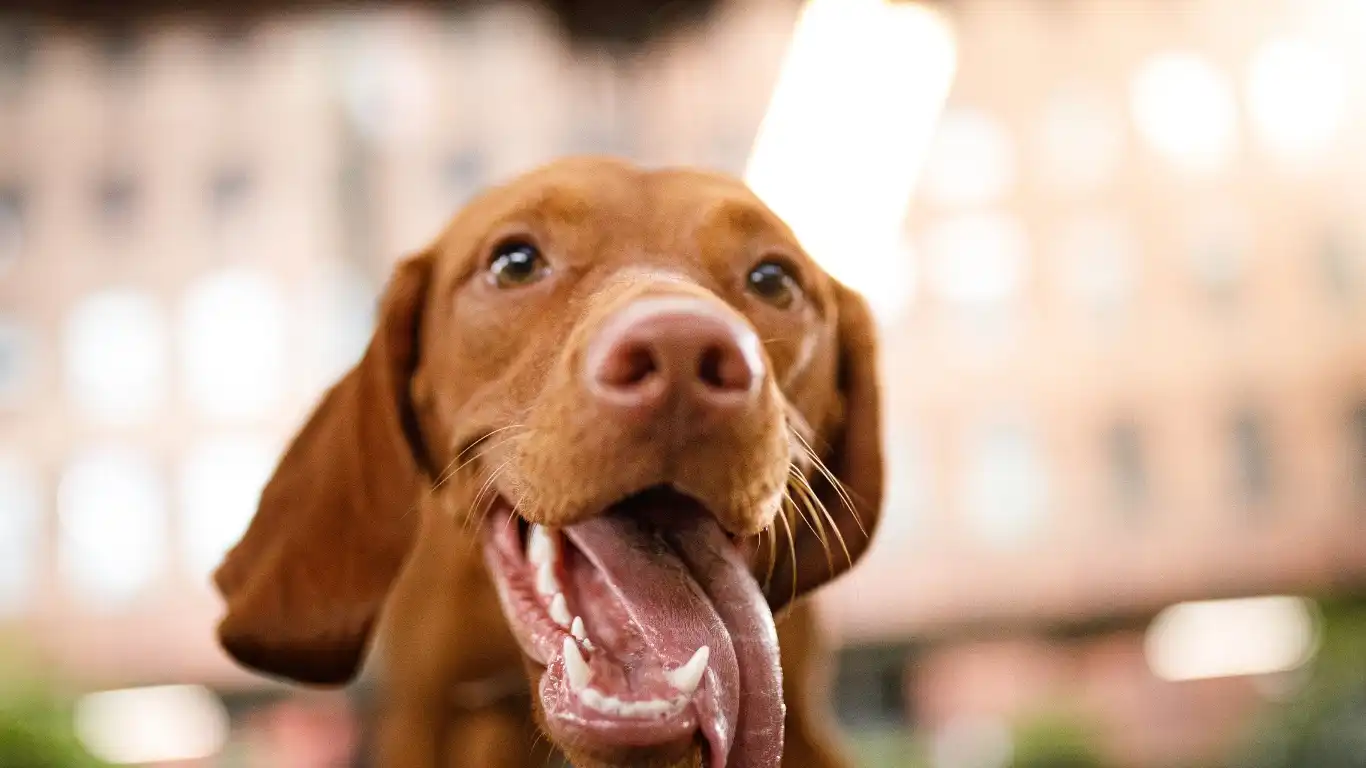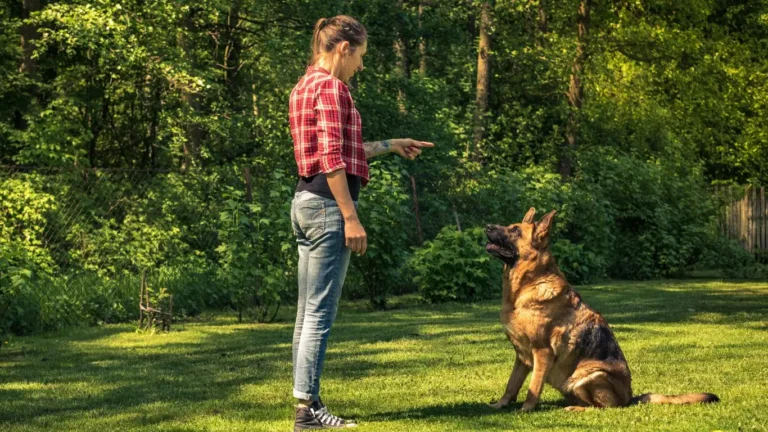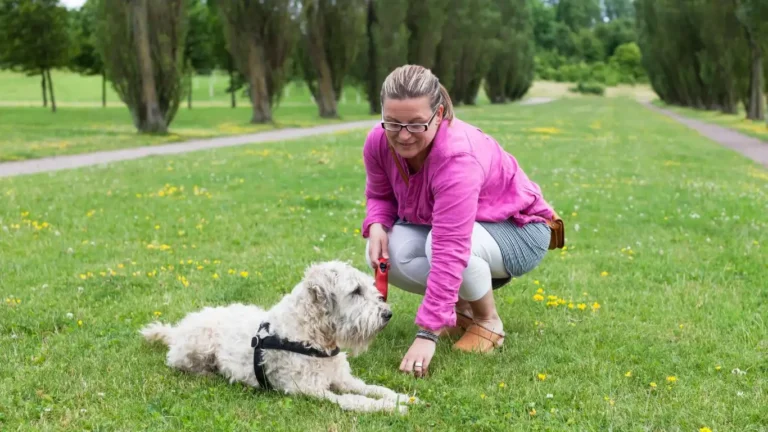10 Effective Tips on How to Help a Dog Adjust to a New Home After Adoption
If you’ve just welcomed a rescue into your life and you’re wondering how to help a dog adjust to a new home after adoption, you’re not alone—and you’re absolutely in the right place. As someone who’s spent over a decade working closely with dogs as a Veterinary Technician and Nutrition Specialist, I’ve had a front-row seat to many dogs making this big transition. Let me tell you: it’s heartwarming, messy, rewarding, and sometimes a little chaotic. But with a little patience and know-how, you can help your new pup feel safe, secure, and totally at home.
Understanding the Emotional Rollercoaster of a Newly Adopted Dog
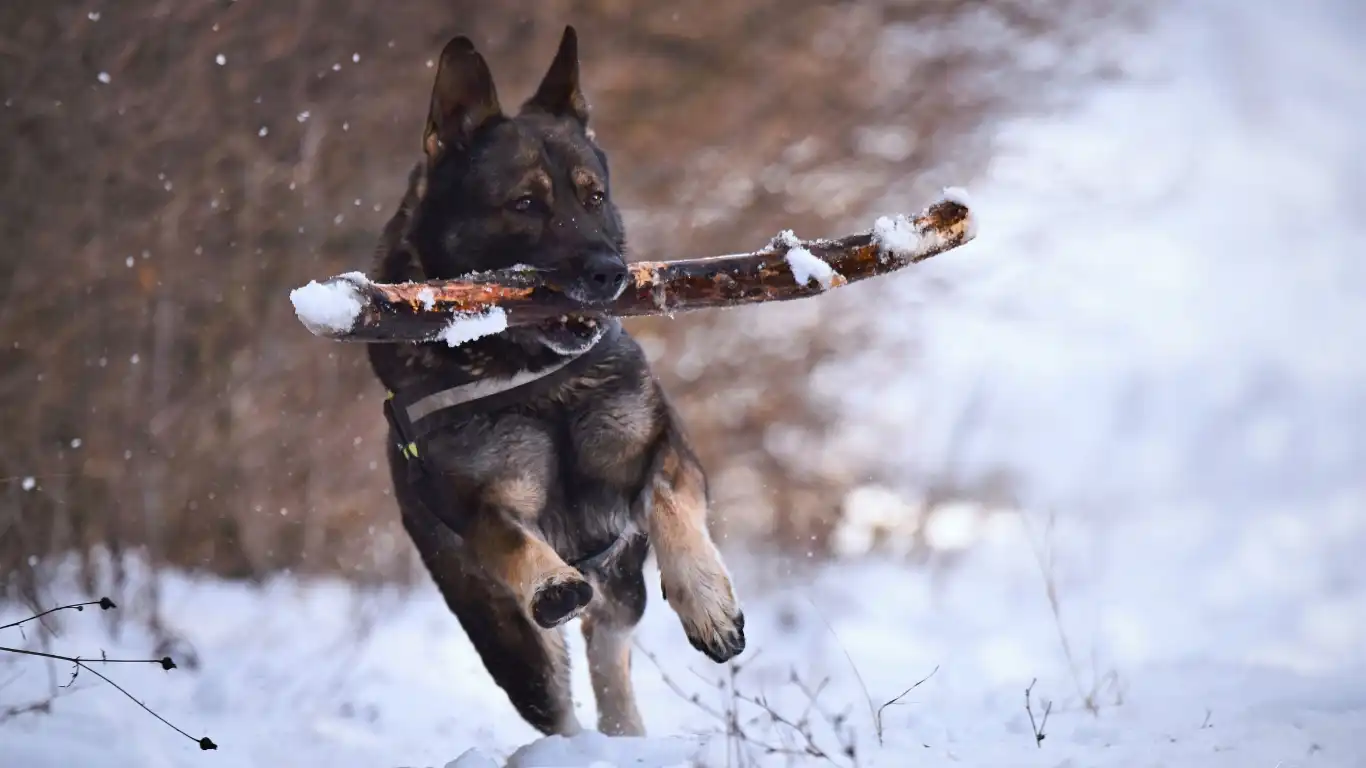
Imagine being plucked from everything you’ve known—good or bad—and dropped into a completely new world. New sights, new smells, new humans, new rules. That’s exactly what your dog is going through. The adjustment phase isn’t just about training or feeding—it’s deeply emotional. Dogs, just like us, feel stress, fear, excitement, and confusion.
Some pups bounce in like they’ve lived there forever. Others might hide, pace, bark excessively, or avoid eating. As someone who’s assisted with hundreds of post-adoption consults, I can say—none of that is unusual. It doesn’t mean you’ve done anything wrong. It just means your dog needs time to decompress.
Give Them Time to Settle (aka The Decompression Phase)
There’s a rule of thumb in the rescue world: 3 days, 3 weeks, 3 months. It’s not a magic formula, but it helps set expectations:
- First 3 days: Your dog may be overwhelmed and unsure. Expect them to be cautious or clingy.
- First 3 weeks: They start to understand the routine. Some behavioral quirks may start showing up.
- First 3 months: You’ll see your dog’s true personality begin to emerge. Bonding deepens here.
During those first few days, keep things calm. No big outings, dog park trips, or introducing every family member and friend. Let them sniff around, explore their new surroundings, and get to know you without pressure.
Creating a Safe and Predictable Environment

Dogs thrive on routine. When everything feels unfamiliar, knowing what to expect helps them relax. I always advise adopters to establish a consistent schedule for meals, walks, potty breaks, and bedtime from day one. It doesn’t have to be rigid, just reliable.
Set Up Their Own Space
Whether it’s a crate, a dog bed in the corner, or a whole room—make sure your dog has a quiet spot that’s all theirs. Stock it with familiar-smelling blankets (ask the shelter if you can take one with their scent), a couple of chew toys, and access to water.
One of the best things I ever did for my own rescue dog, Beans, was give him his own “safe zone” in the laundry room. At first, he’d retreat there whenever he was unsure. After a few weeks, it became his favorite nap spot—not out of fear, but comfort.
Minimize Chaos (At Least in the Beginning)
Keep the volume down, avoid overwhelming guests, and if you’ve got kids, coach them on gentle, respectful interactions. I’ve seen too many well-meaning families accidentally stress their new dog by smothering them with love right away. Love them—yes. Smother—nope.
Establishing Trust Through Positive Reinforcement
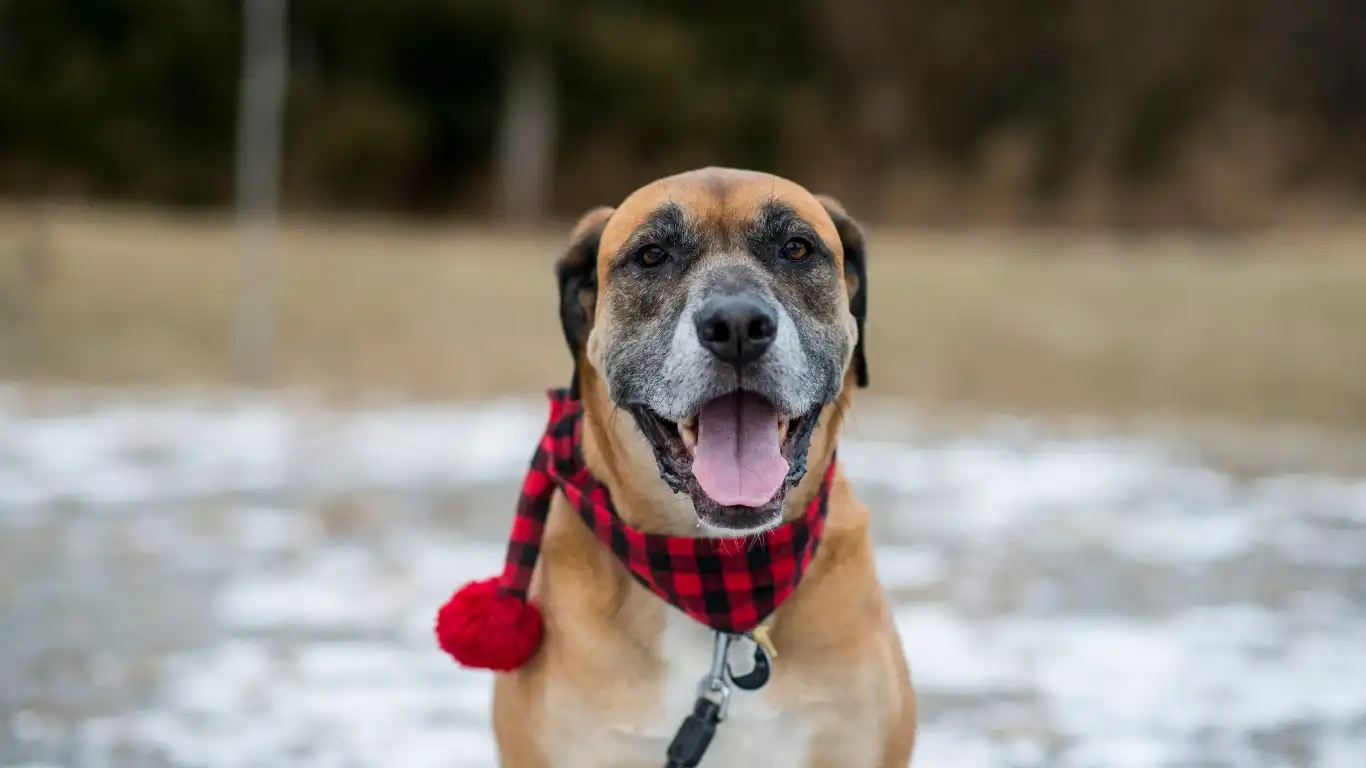
Your dog is constantly watching you, trying to figure out if they’re safe, if they’re loved, and if you’re someone they can count on. Building trust doesn’t happen overnight, but positive reinforcement is one of the most effective tools you have.
Use Treats, Praise, and Patience
I’m a big believer in treat-based training—not because I want dogs to become snack addicts (though let’s be real, some already are), but because it makes learning fun and rewarding. Every time your dog does something good—whether it’s peeing outside, sitting calmly, or just coming to you when called—reward them. Make them feel like they just won the lottery.
- Use small, high-value treats (chicken, cheese, or commercial training bites).
- Pair with verbal praise and affection. Your voice matters as much as the snack.
- Be consistent. Mixed signals lead to confused pups.
Trust grows with every little interaction. A gentle touch. A calm voice. Respecting their boundaries. These things speak volumes to a dog who’s still figuring out if this new chapter is going to be a good one.
Be Patient with Behavioral Hiccups
Listen, even the sweetest, most well-behaved dogs have rough days. They might bark at shadows, chew your favorite shoes, or have an accident in the house. Take a breath. Remind yourself they’re adjusting. React with patience, not punishment.
I once fostered a pup named Luna who refused to go down the stairs for two weeks. No reason. Just fear. One day, after endless treats, encouragement, and me literally sitting on the stairs with her, she decided to try it. That moment? Magic. It’s the little victories that count.
Building a Bond Through Daily Routines and Quality Time

One of the most underrated yet powerful tools in helping a dog adjust to a new home after adoption is consistency. Dogs don’t understand “tomorrow” or “next week,” but they do thrive when today looks a lot like yesterday. Routines offer predictability, which leads to comfort, which turns into trust.
From my own experience with my clients—and my own dogs—I’ve found that those little repeated rituals become meaningful. Morning walks, afternoon snuggles on the couch, evening potty breaks, and even the sound of the kibble scooping into the bowl—those are the things that teach your dog: “This is home. You’re safe here.”
Make Time to Just “Be” With Them
You don’t always have to be training, walking, or doing something super structured. Sometimes, just existing together is enough. Sit on the floor, watch a show, and let them curl up beside you. I used to lie on the floor next to my foster pups and read a book while they sniffed around or napped nearby. That kind of presence does wonders, especially for nervous dogs.
Recognize the Signs of Comfort and Progress
Progress can be subtle. Maybe they finally wag their tail when you come home. Maybe they nap belly-up in the sun. Or they bring you a toy—huge win. These are signs they’re beginning to feel safe and connected. Celebrate them. Even if it’s just with a “Good dog!” and a belly rub.
How to Help a Dog Adjust to a New Home After Adoption: Socialization Done Right

Socializing a newly adopted dog is not the same as tossing them into a crowd and hoping for the best. It’s more like introducing a shy friend to new people—slow, thoughtful, and respectful of their comfort levels. Rushing this step can cause setbacks, especially if your pup is still unsure about their surroundings.
Start with Low-Key Introductions
Instead of a loud family BBQ, maybe begin with one calm friend visiting for coffee. Let your dog come to them on their own terms. No forcing interactions. Reward calm behavior, and allow your dog to retreat if needed. It’s all about building positive associations at their pace.
Other Pets? Go Slow
If you’ve got other furry family members, you’ll want to introduce them gradually. When I helped a family integrate their new rescue with a resident golden retriever, we started with leashed walks on neutral ground. Then, short supervised indoor visits. Within a week, they were snuggling on the same dog bed. It worked because we let them set the pace and read their signals.
- Use baby gates to allow visual contact without full access.
- Separate feeding areas to prevent resource guarding.
- Reward calm interactions with treats and praise.
Every dog is different—some mesh immediately, while others need weeks or even months to feel comfortable around other animals.
Feeding as a Foundation for Trust and Well-Being

As a Vet Tech specializing in nutrition, I can’t tell you how often diet plays a bigger role than people realize. Not just physically, but emotionally too. Food is a powerful tool to build trust, establish routines, and make your dog feel secure in their new home.
Choose a Diet That Supports Their Transition
Sudden changes in food can cause tummy troubles, which just adds stress for both of you. I always recommend sticking with whatever the shelter or foster was feeding—at least initially. Then, if needed, you can gradually transition to a higher-quality diet that fits their age, breed, and activity level.
Some dogs may refuse to eat for a day or two after adoption. That’s totally normal. Offer small amounts of food in a quiet area, and avoid free-feeding at this stage. Scheduled mealtimes help establish predictability and give your dog something to look forward to.
- Feed in a consistent location, away from noise and foot traffic.
- Stick to a twice-a-day feeding routine if possible.
- Use mealtime to reinforce trust—sit nearby, speak calmly, and observe their body language.
Nutrition Tip from the Vet World
Adding a spoonful of canned pumpkin or a probiotic supplement can help settle their digestive system. Also, don’t underestimate the power of healthy treats during training—it makes learning and bonding way more fun for both of you.
Understanding the Role of Body Language and Communication

Dogs are constantly “talking”—even when they’re silent. Learning to read their body language is crucial for making them feel understood and respected. It’s honestly one of the best skills you can develop as a dog parent.
Look for the Little Clues
Ears back, tail tucked, yawning, lip licking—these might seem minor, but they often signal stress or uncertainty. On the flip side, a soft gaze, wiggly butt, or relaxed mouth are signs of comfort and trust.
During my time at the clinic, I saw so many well-meaning owners miss those subtle cues. One of my jobs was helping them decode their dog’s behavior. A nervous dog isn’t being “stubborn” or “bad”—they’re overwhelmed. And your job is to support them, not scold them.
Give Them Choice Whenever Possible
Let your dog decide if they want to approach a new person. Offer them two toys and let them pick. Allow them to sniff around on walks instead of constantly directing the route. These small moments of autonomy go a long way in building confidence and trust.
You’re not just training a dog—you’re forming a partnership. When your dog realizes you’re listening to them, it strengthens the bond in ways treats alone never could.
Exercise, Enrichment, and the Importance of Mental Stimulation

Once your new pup has begun to settle in and trust is starting to grow, it’s time to up the engagement. Helping a dog adjust to a new home after adoption isn’t just about emotional comfort—it’s also about physical and mental well-being. Dogs need stimulation to avoid boredom, anxiety, and destructive behavior. And trust me, a bored dog is an inventive dog. I once worked with a sweet lab mix who figured out how to open the pantry when left alone… snacks were never safe again.
Don’t Skip Daily Walks (Even Short Ones Count)
Walks aren’t just for exercise—they’re a sensory experience. New smells, sounds, people, and places help your dog explore their world and build confidence. Even if you can only do a short stroll around the block, it can make a huge difference in their day—and yours.
- Keep walks low-pressure in the early weeks—no need to rush or overexpose them to busy areas.
- Let them sniff! It’s how they read the “news” of the neighborhood.
- Use a well-fitted harness to keep them safe and secure.
Brain Games for Mental Enrichment
Food puzzles, snuffle mats, and interactive toys can work wonders. They burn energy, stimulate your dog’s brain, and build problem-solving skills. When I fostered a nervous shepherd named Max, puzzle toys became his daily therapy. He went from skittish to focused just by working through treat-dispensing toys.
Try Basic Training Sessions (But Keep It Fun)
You don’t need to dive into obedience boot camp, but teaching simple cues like “sit,” “stay,” or “touch” is a fantastic way to strengthen your bond. Keep sessions short and upbeat—think of it as playtime with some learning baked in.
Common Challenges After Adoption—and How to Handle Them
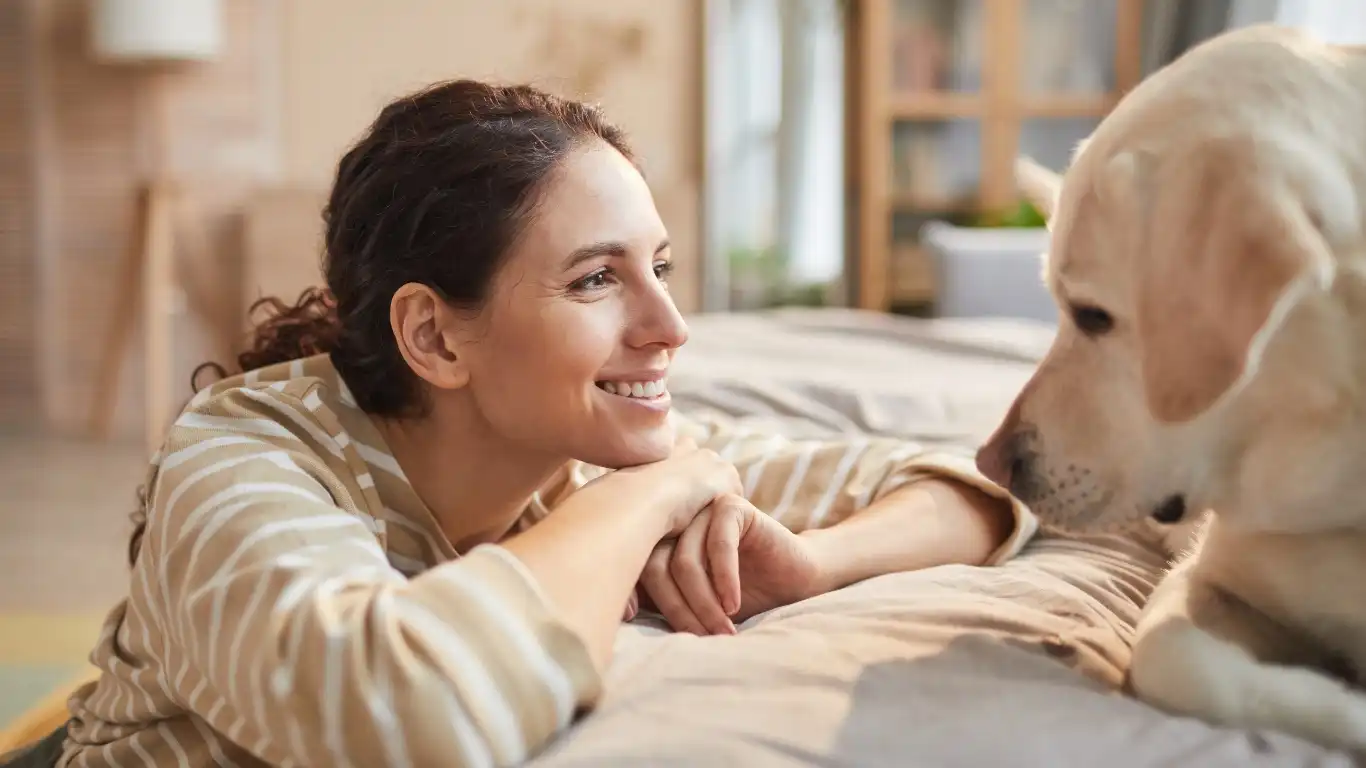
Let’s be real for a second—not every day with your new dog is going to be picture-perfect. That’s totally normal. Even seasoned dog folks like me hit bumps in the road. What matters most is how you respond to those challenges. Patience, empathy, and a little knowledge can go a long way.
Separation Anxiety
One of the biggest issues I’ve seen after adoption is separation anxiety. Your new dog may follow you everywhere, cry when you leave, or panic when alone. It’s heartbreaking, but manageable. The key is to gradually build their independence.
- Start with very short absences—just leaving the room for a minute or two.
- Use puzzle toys or treats when you leave to create positive associations.
- Never make a big deal out of arrivals or departures—stay calm and casual.
For more severe cases, don’t hesitate to work with a certified behaviorist. They can help you create a plan tailored to your dog’s specific needs.
House Training Setbacks
Even adult dogs can have accidents in a new home. It’s often not a matter of defiance—it’s just confusion. They’re trying to figure out where they’re supposed to go and may not understand your signals yet.
Stick to a potty routine, praise immediately after success, and avoid scolding for mistakes. Clean accidents thoroughly with an enzymatic cleaner to remove scent markers. And yes, crates can be super helpful for structure and training—as long as they’re never used for punishment.
Resource Guarding or Reactivity
If your dog growls over food or toys or reacts strongly to other dogs or strangers, it might be due to past experiences. These behaviors are often rooted in fear or insecurity. I’ve had patients in the clinic who were angels 99% of the time—until another dog walked by their food bowl. It’s not uncommon, and it doesn’t mean they’re a “bad dog.”
Reach out to a professional trainer—ideally one who uses positive reinforcement techniques. Punishment-based approaches tend to make these issues worse. Look for certifications like CPDT-KA or Fear Free Certified trainers.
Celebrate the Small Wins (Because They Matter Most)
It’s so easy to get caught up in fixing problems, training, and trying to do everything perfectly. But don’t forget to enjoy the little moments. That first tail wag. The first time they curl up beside you. The goofy grin after a game of fetch. These tiny victories are actually the big stuff.
I remember one newly adopted pit mix who refused to make eye contact for days. On day six, she walked over, rested her chin on her foster’s knee, and sighed. We all cried. That’s the stuff that makes it all worth it.
Helping a dog adjust to a new home after adoption takes time, heart, and a whole lot of patience. But when that dog finally realizes they’re home—for good—there’s truly nothing like it. They give you their trust, their love, and their goofy little selves. And honestly? That’s the best kind of reward.
Final Thoughts and Next Steps
You don’t have to be an expert or have all the answers on day one. But with kindness, routine, and a willingness to learn, you’ll create a life where your dog can truly thrive. And if you ever feel stuck, don’t hesitate to reach out to professionals or communities of other adopters—trust me, we’ve all been there.
Here are a few trusted resources for support, training tips, and continued learning:
And hey—if you’re reading this because you’ve already adopted, thank you. You changed a life. Give your pup a treat from me. They landed in a pretty great place.
Disclaimer:
This article is based on my professional experience as a Veterinary Technician with a focus on canine nutrition, as well as real-world experiences with rescue dogs and adopters. It is intended for informational purposes only and is not a substitute for personalized veterinary or behavioral advice. Always consult your vet or a certified trainer when dealing with medical or serious behavioral concerns.
